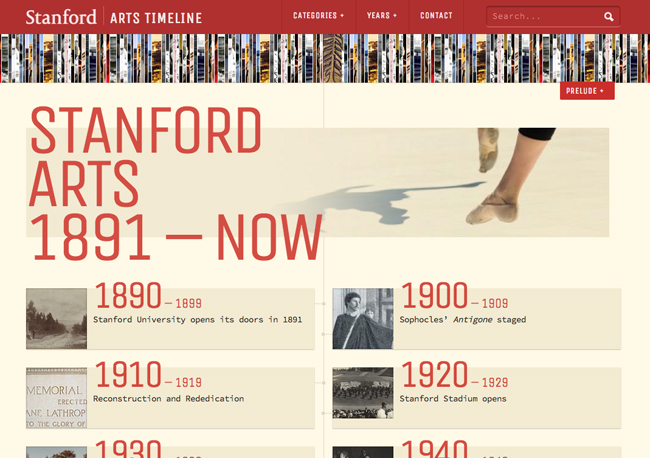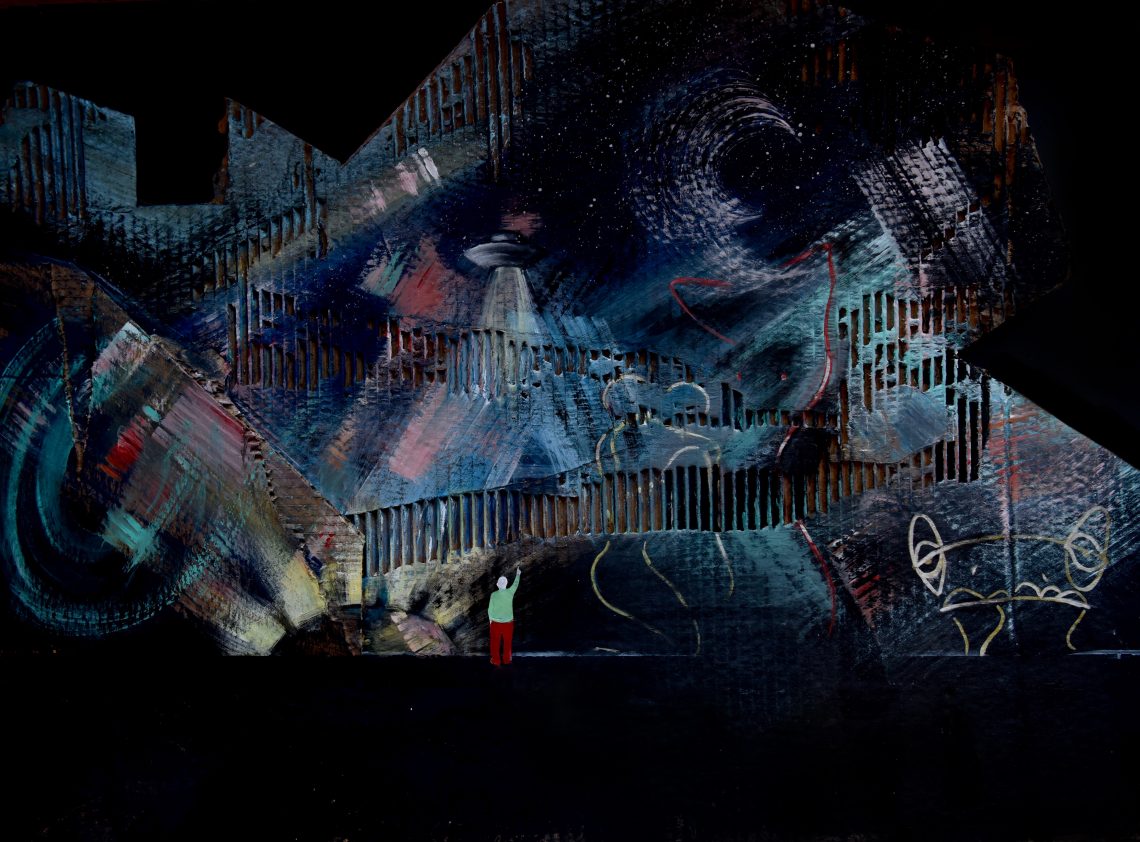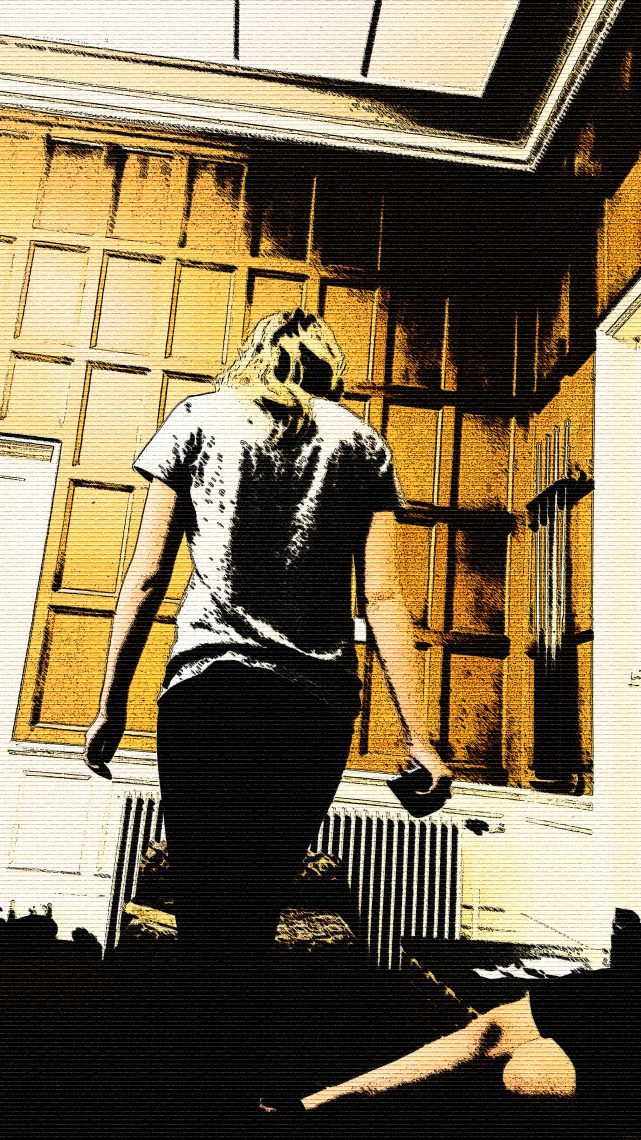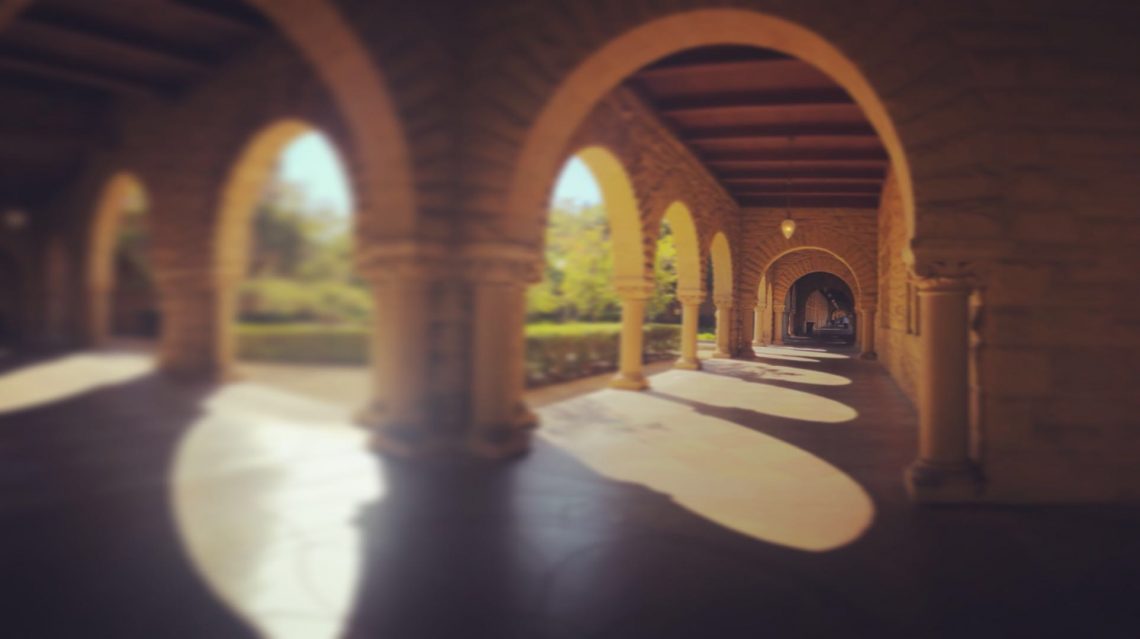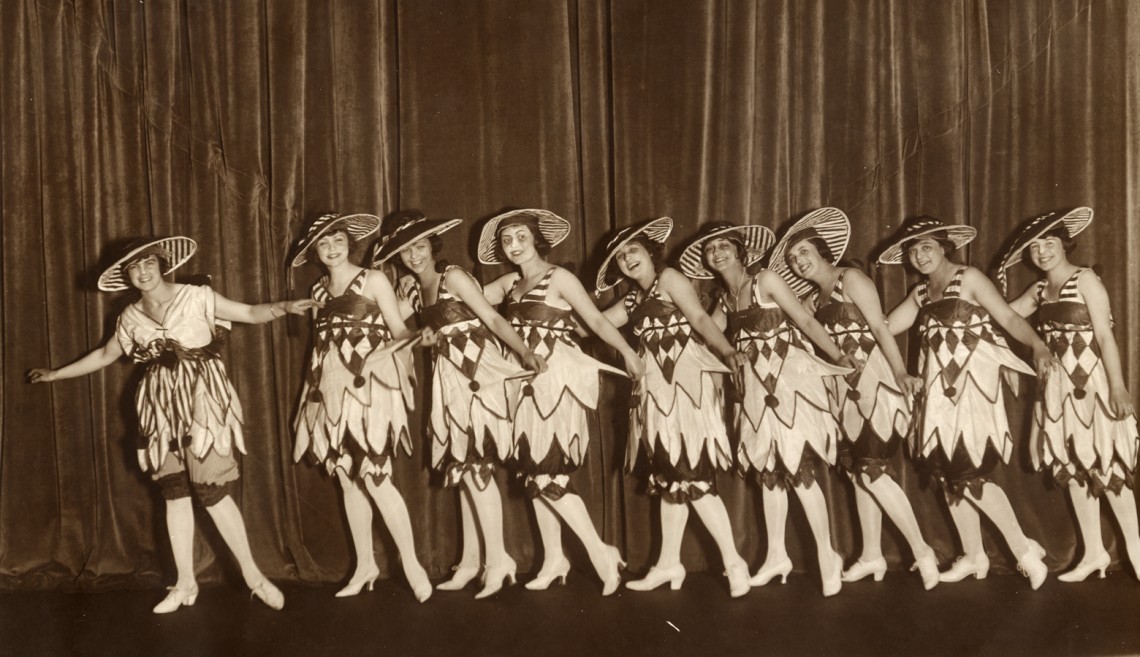 Hartsook Photo
Hartsook Photo
The Stanford Arts Timeline unearths a vital legacy of tradition and transformation
The Stanford Arts Timeline invites you to explore the vital and dynamic presence of the arts on campus since the University's founding over a century ago.
On Friday, January 11, 2013 – nearly 121 years after Stanford convened its first class – Bing Concert Hall opened its doors. A culminating event for years of curricular and extracurricular arts activity on campus, this exciting moment has deep roots in over a century of Stanford arts – from one department focused on applied drawing to a robust arts curriculum; from sporadic student activity to hundreds of student-run groups.
Stephen Hinton, Avalon Foundation Professor in the Humanities and the Denning Family Director of the Stanford Arts Institute, conceived of the Stanford Arts Timeline. The project takes a historical sweep of the arts at Stanford and contextualizes the opening of the hall, which was built on the site of the old gymnasium destroyed in the 1906 quake.
“The main impetus was to place the opening of Bing Concert Hall in a broad historical context,” said Hinton. “Ultimately, we decided to look at the entire history of the arts at Stanford as providing that context with an emphasis on the increased attention paid to arts activities at Stanford in recent years.”
The timeline website was launched in tandem with the hall’s first concert featuring the San Francisco Symphony and the St. Lawrence String Quartet as well as Stanford’s own Chamber Chorale, Symphony, and Philharmonia Orchestra. Visitors can peruse the timeline chronologically by decade, filter its content based on genre, or search for their favorite building, professor, or program.
Stanford’s campus has seen the likes of Igor Stravinsky, Duke Ellington, Paul Robeson, Martha Graham, Louis Armstrong, the Grateful Dead and many more. John Steinbeck, Wallace Stegner, Nathan Oliveira, and a long list of talented artists can be counted among Stanford’s students and faculty.
“Tracing [this] history,” Hinton said, “has revealed an astonishing breadth of student interest covering an extraordinarily wide spectrum of university life across all of the forms and genres of artistic expression, both wacky and extremely earnest.” In true Stanford spirit, “tradition and transformation go hand in hand,” stated Hinton in the Timeline’s prelude.
Among the wacky are bits of police reports from the early years of Flicks film screenings which recount the hubbub caused when an attractive redhead entered the auditorium, and a decree prohibiting male students from dressing up in women’s clothing or annoying female staff and students on Rough’s Day, a 1920s Stanford tradition.

Dan C. Baker, Stanford Historical Photograph Collection
On a more earnest note, the timeline traces the development of the arts departments – complete with numerous name changes – as well as the inception and growth of various initiatives that continue to shape Stanford, including the Stanford Jazz Workshop, the Institute for Diversity in the Arts (IDA), and the transformative Arts Initiative, which reflects the university’s deep commitment to furthering the arts, and which brought Bing Concert Hall to fruition.
A work-in-progress, the Stanford Arts Timeline will grow as additional anecdotes and stories materialize. “In some ways we’ve really only scratched the surface given the sheer volume of information that can be uncovered through ongoing research,” Hinton said. “We very much hope that visitors to the site will be in touch with us and contribute their own stories and documents.”




